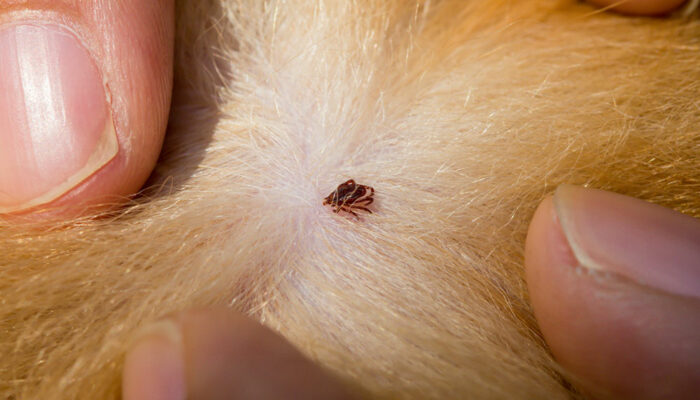
Different Types of Spinal Muscular Atrophy to Know About
A common genetic disease, spinal muscular atrophy results in weakness in the voluntary muscles. It is caused by inadequate production of a protein called survival motor neuron. In severe cases, the condition can be fatal or lead to complete dependence on machines and other equipment. There are four different types of spinal muscular atrophy or SMA. The article below talks about them in detail.
1. SMA Type I
Also, called Werdnig-Hoffmann disease, this one is severe among the different types of SMA. The symptoms of this type start at birth, manifesting fully in up to 6 months of age. Children have limited ability to move and some may not be able to hold their head up without help. Other symptoms include floppy arms and legs and a hard time feeding, swallowing, coughing, and also breathing. Infants may need assistance in breathing and may require the use of a feeding tube. As SMA Type I progresses rapidly, some children do not survive beyond the age of 2.
2. SMA Type II
SMA Type II usually affects children between the ages 7 to 13 months. It is called intermediate SMA or Dubowitz disease. The symptoms are less severe than Type I and children can sit up without help. The first sign usually noticed is a delay or failure in meeting the developmental milestones. As this type largely affects the legs, children will mostly never be able to stand or walk and will require a wheelchair. Some may even have respiratory infections and tremors in their hands and fingers, while some may even develop joint problems like scoliosis. The life expectancy varies depending on the severity of symptoms.
3. SMA Type III
Also, known as Kugelberg-Welander disease, this type of SMA is the mildest form of the condition and affects children between 18 months-old to early adulthood. People with SMA Type III can usually walk and stand on their own but will have trouble getting up from a chair, walking, and climbing stairs. As they grow, they experience limited mobility and later require a wheelchair. They also have a slight tremor in their fingers. Life expectancy is usually normal with appropriate treatment. However, there is a higher risk of respiratory infections.
4. SMA Type IV
This type of SMA is also known as adult SMA. It is one of the different types of spinal muscular atrophy. Adult SMA does not begin till the age of 21. Mild to moderate muscle weakness and some breathing problems can be associated with it. Most people with SMA type IV can walk and move and can live normally.
Apart from the primary types of SMA, the other types of the condition include:
1. Spinal Muscular Atrophy Respiratory Distress (SMARD)
This is a rare form of SMA that is diagnosed during an infant’s first year of life and can cause serious respiratory issues.
2. Distal SMA (DSMA)
This type of SMA affects hands, feet, arms and legs.
3. Kennedy’s Disease
Also known as spinobulbar muscular atrophy, this type affects only men and causes muscle weakness throughout the body.
No two cases of SMA can be treated the same way since recovery depends on a variety of factors. There is no complete cure for the condition, but it can be managed with the help of medication and therapy in certain types. It is vital to remember that individuals suffering from SMA need constant emotional, physical, and mental support.



